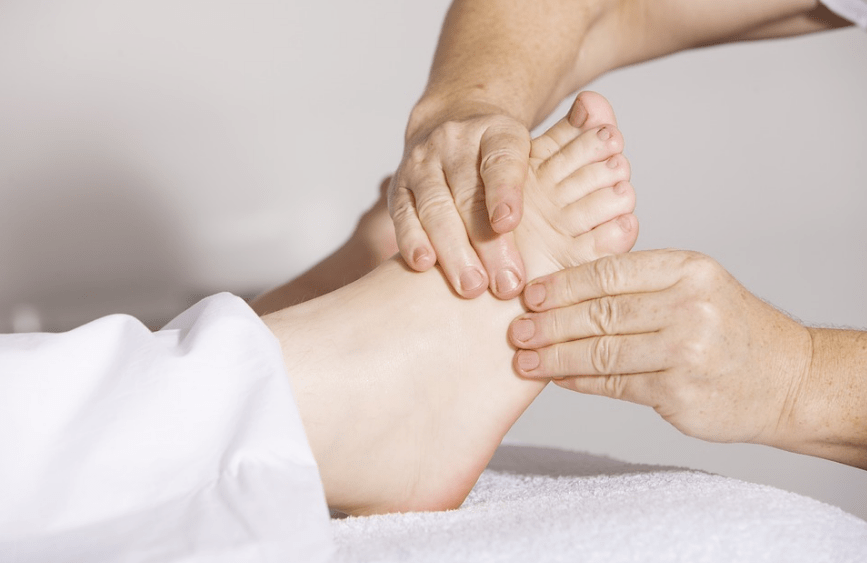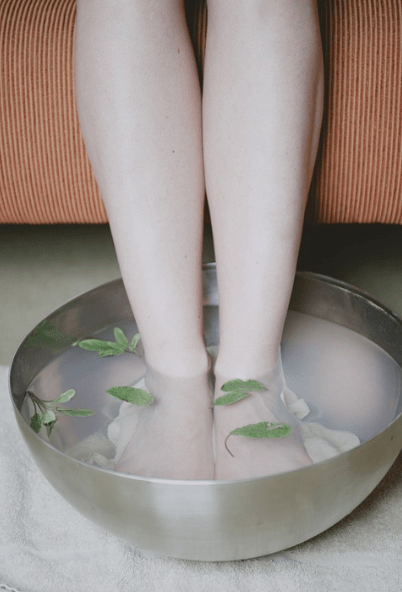With the hustle and bustle of everyday life, people have grown to love the idea of relaxation and wellness. This has become a part of their lives. People have discovered ways to relax and de-stress, such as turning to their passions, picking new habits, such as aquascaping, etc. People go to a spa to ease their stress and have a little personal time for themselves amidst their busy schedules.
Foot spa is one of the common spa services people pay to get since it offers to calm and relax the feet – a body part commonly exhausted with everyday endeavors.
However, aside from the relaxation aspect of it, foot spa and spa, as a whole, originated from a different purpose. Long before treasure hunting became a thing, people were quite content with washing their feet and bodies with water to relax.
If you want to know where your well-loved foot spa came from and how it came to be, here’s a quick glimpse of its history and origin.
The spa, as a term
Although there is no definite evidence of where the term ‘spa’ came from, there are two prominent theories that can state where this term originated and how it became associated with healing and relaxation.
One of the two theories states that ‘spa,’ the term, is an acronym of the Latin phrase ‘Salus per Aquam,’ which means ‘health from water,’ directly pointing to the earliest history of the notion of the spa.
Another theory states that the term comes from the Belgian village, spa, where the hot mineral springs are found. Roman soldiers used these springs to treat aching muscles and wounds from a battle.
The origin of spa
The concept of a spa has lived for a thousand years, and it has evolved through time. The idea started with the belief in the curative powers of mineral waters. It originated as a healing method.
Surviving documents have reported that spas originated from the Greeks and the Romans. As mentioned, it was seen as a curative process before it became a hygiene regimen for the people of today.
Hippocrates, an ancient Greek philosopher from 2000 years ago, suggested that ailments were caused by an individual’s imbalance of bodily fluids. He further suggested that aromatic baths and scented massages regularly are ideal for maintaining optimal health.
This process, using bathing as a treatment of disease, is known as balneotherapy and is considered the founding principle of spa-going.
In contemporary times, balneotherapy has paved the way for other methods. These methods included mineral-infused treatments and the act of swimming in seawater to heal the skin, now called thalassotherapy.
Roman soldiers benefited from the earliest versions of the spa to heal their wounds and sore bodies. These were soldiers during the reign of Augustus from 27 B.C. to 14 A.D.
The public quickly picked up the ‘spas,’ and the act of this healing process became prominent to the Romans. As a result, over 170 baths, then called a thermae, were established in Rome, and this is where the idea of a spa for relaxation started.
The town of Spa
In the year 1326, an ironmaster from Belgium named Collin le Loup found out about the chalybeate springs in Spa, Belgium. Health resorts started sprouting in the area, and each was then referred to as a ‘spa.’
However, it is worth noting that the idea of healing and relaxation using mineral-enriched water was not only present in Europe.
Other parts of the world have also practiced this method: the Japanese ryokan, the Turkish hammams, and the Finnish saunas/steam rooms. These different curative methods involving water were also becoming a thing in these areas.
The British people have also picked up the concepts of spa and integrated this into their lifestyle.
Spa in America
America eventually got hold of the concept of spa treatments, and they were quick to establish their own spaces for it. This was where the first mass-audience spa was established, specifically in Saratoga Springs, New York.
In that same area in 1815, two huge Greek revival hotels holding 500 accommodation rooms for visitors were established after the initial success of spas in the area.
In 1910, Elizabeth Arden introduced the revolutionary day spa, the first of its kind. It was called Manhattan’s Red Door Salon. This spa added more services to the typical spa, such as manicures, facials, and more.
But it was not until the 1980s when the modern concept of the spa started. It became a space for elite and wealthy women to treat themselves or having a day with their girlfriends. Over the next 20 years, it would become a staple for women to visit spas. From here, it evolved to what it is now.
Now, the global spa industry is worth billions of dollars and is anticipated to grow further as people delve into skincare and personal time, constantly seeking relaxation amidst their busy lives.



